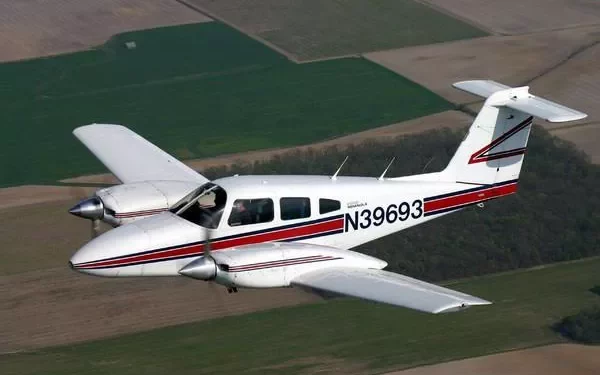More and more people are buying them now, but do you know how a helicopter engine works?
1. Principles of helicopter engine — Brief Introduction Helicopter power plants are generally divided into two categories, namely, aviation piston engine and aviation turboshaft engine.
In the early stage of helicopter development, the aviation piston engine which is relatively mature in technology is used as the power device of helicopter.
However, due to its large vibration, small power mass ratio and power volume ratio, complicated control and many other problems, people use the developed turbojet technology to seek a helicopter power device with excellent performance, so as to develop a helicopter turbine uranium engine.
It has been proved that turboshaft engine is more suitable for the flight characteristics of helicopter than piston engine.
2. Helicopter engine principle — Classification Turboshaft engines can be divided into fixed turboshaft engines and free turboshaft engines according to their different forms of power turbines.
The power turbine of the former and the gas generator are fixed on the same shaft;
The power turbine of the latter and the rotor of the gas generator are respectively fixed on two shafts. The power vortex shaft and the gas generator have no mechanical connection with each other, and the power vortex shaft is in a “free” state.
The free turboshaft engine can be divided into two types: rear and front.
3. The helicopter engine principle on the structure of turboshaft engine inlet, compressor, combustion chamber and the exhaust gas generator, such as basic structure, but it is generally equipped with free turbine, as shown, is at the front of the two levels of ordinary turbine, it drives the compressor, to maintain the engine work, the secondary is behind the free turbine, gas in the work,
The propeller shaft is specially used to drive the rotor of the helicopter to rotate, so that it is airborne.
In addition, the gas flowing from the turbine can generate a certain thrust when it is ejected through the nozzle. Due to the small injection rate, this thrust is very small. If converted into power, it only accounts for about one-tenth of the total power.
Sometimes the jet speed is so small that it produces no thrust.
In ORDER TO STRUCTURE A HELICOPTER PROPERLY, TURBOSHAFT ENGINES CAN HAVE THEIR NOZZLES POINTING UP, DOWN, OR TO THE SIDES, RATHER THAN BACKWARD, AS IS THE CASE WITH TURBOJETS.
This facilitates the overall arrangement of helicopter design.
The latest market dynamics at any time to see, please pay attention to.












































